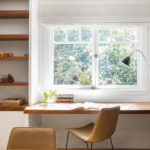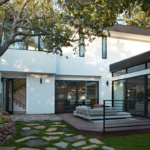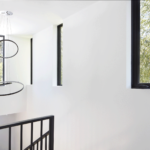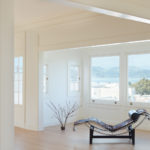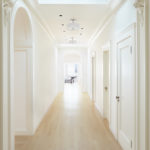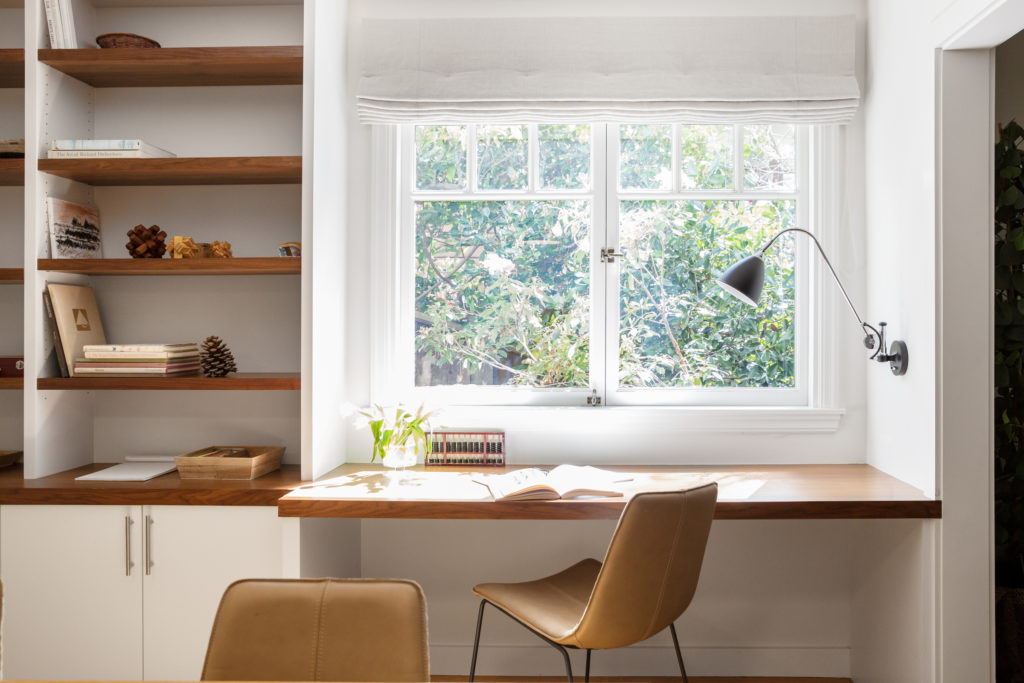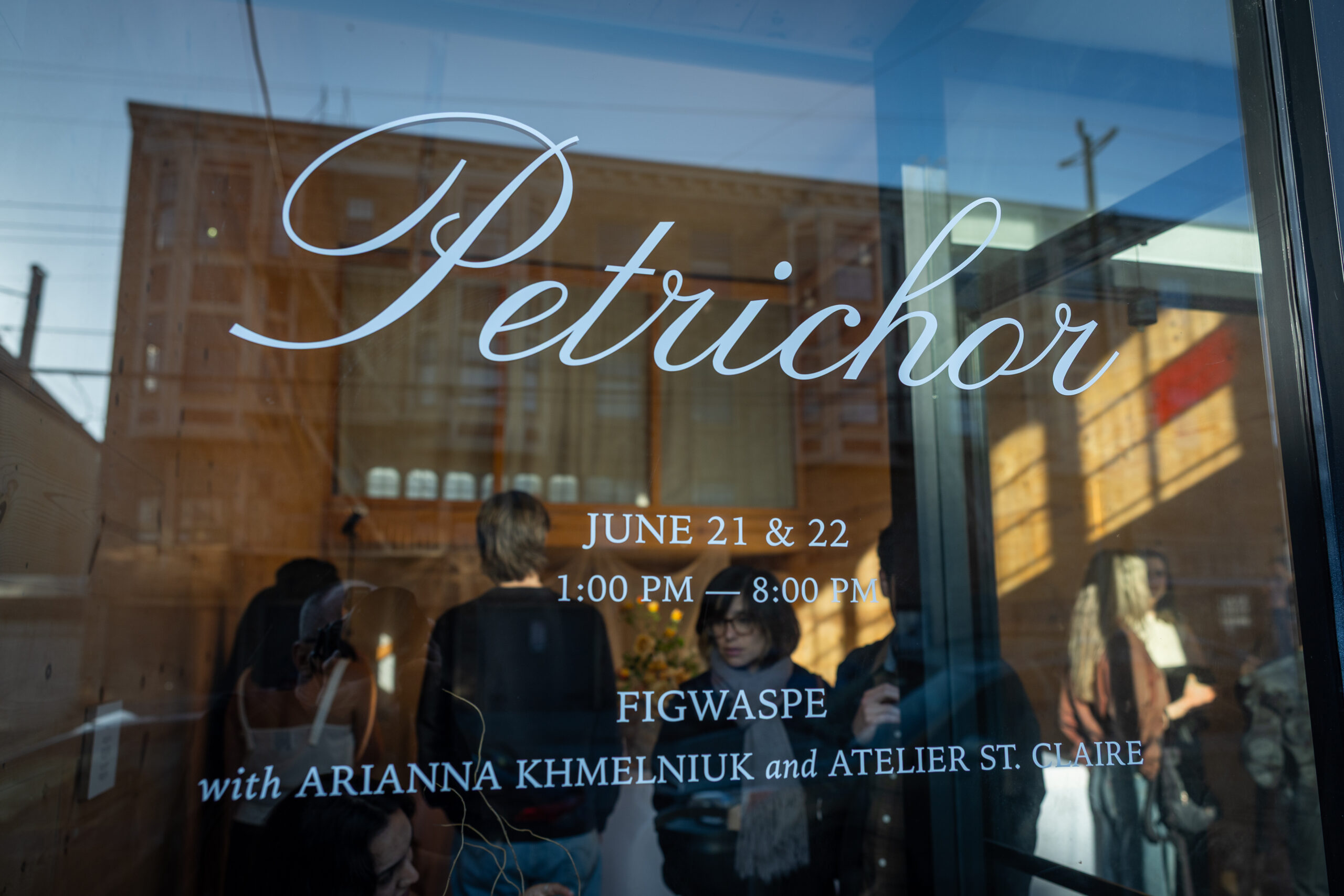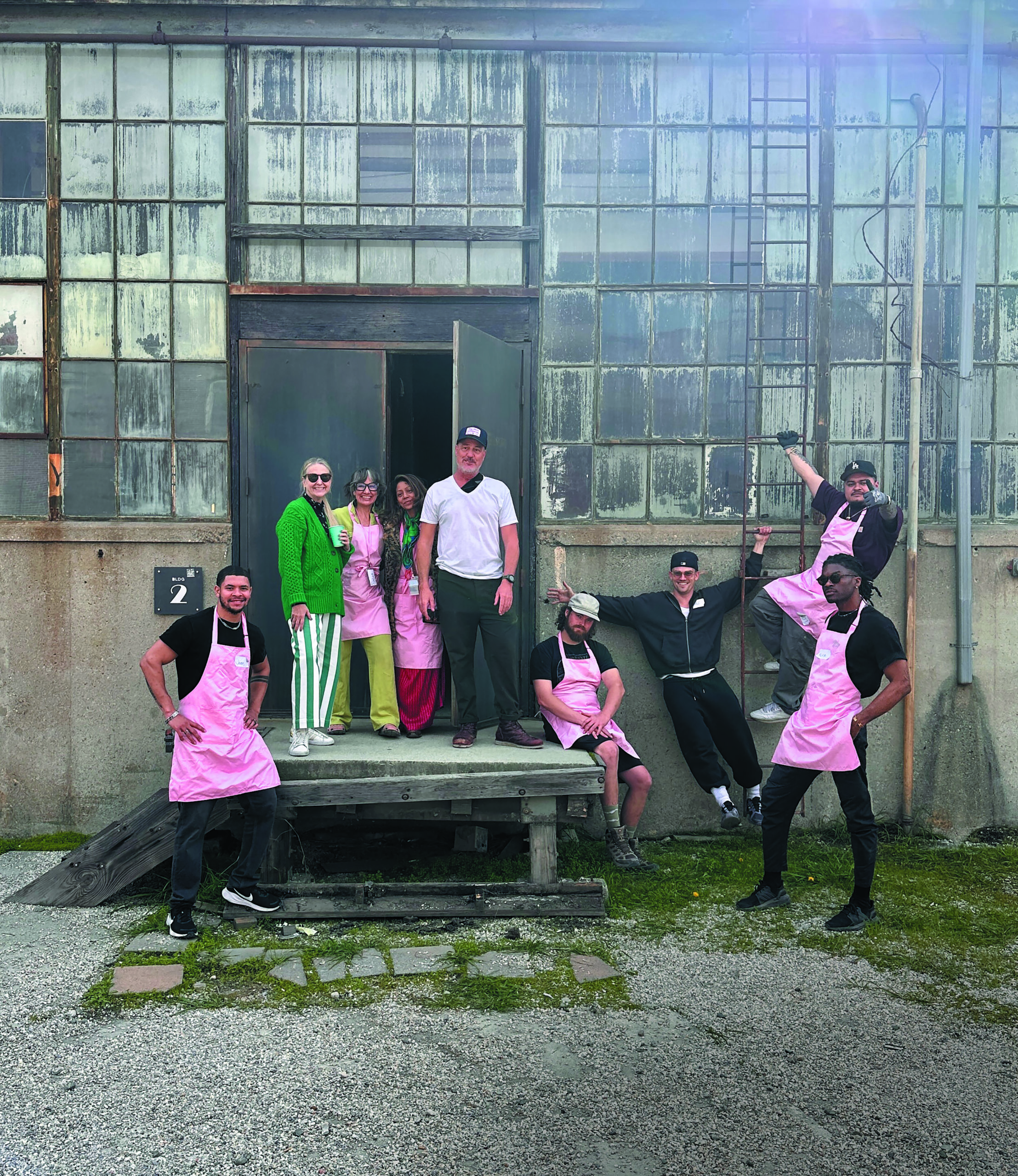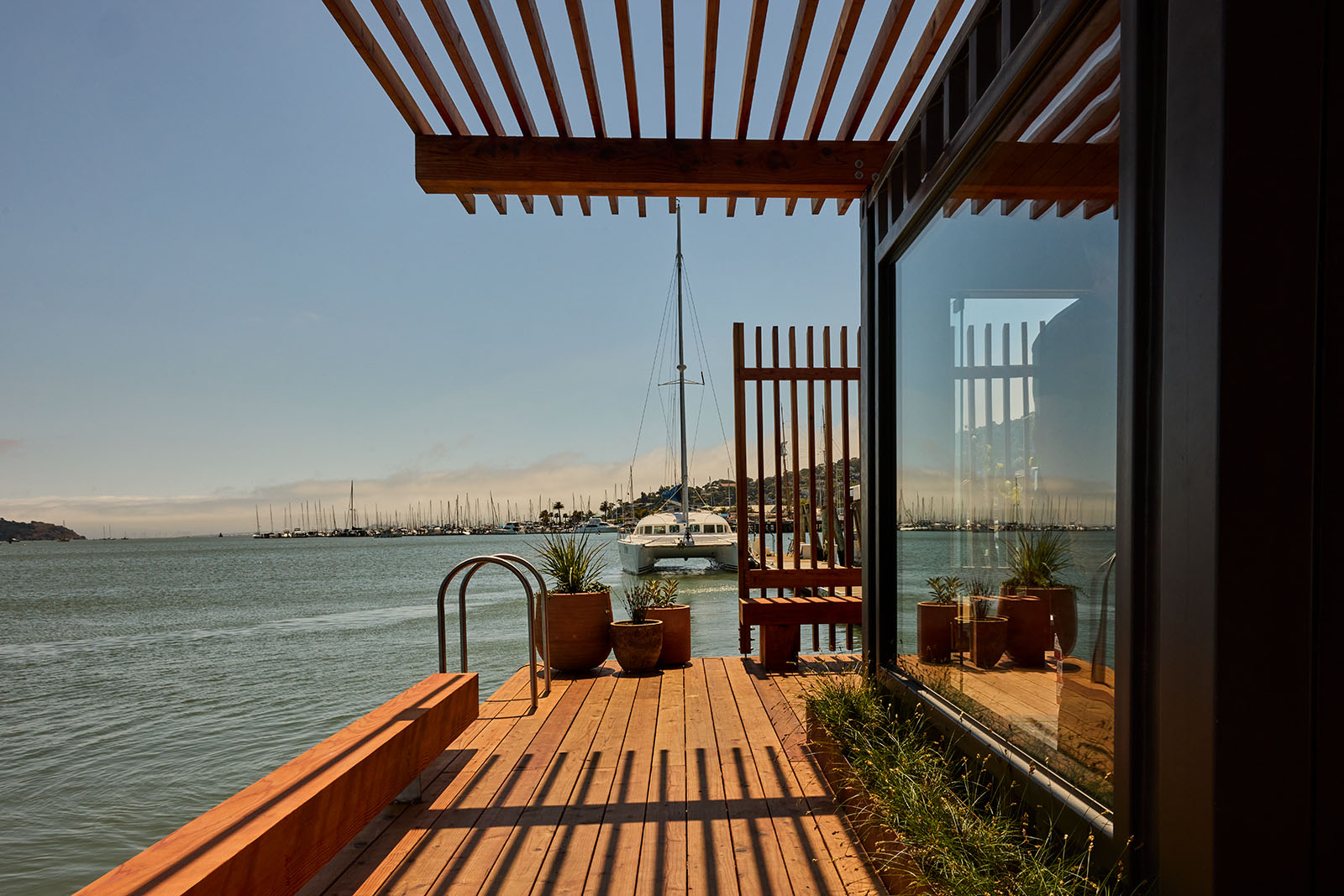Designer Crush: DHM Architecture
Author:Lindsey ShookSome children are blessed with an early understanding of what they are going to be when they grow up. That was the case for architect Denise Hall Montgomery of DHM Architecture, whose love of design sprouted from building her own wooden dollhouses as a child. To date, she has worked on some of the most impressive skyscrapers in China as well as much simpler yet important residential projects in Oakland and Berkeley Hills. We recently spoke with Montgomery about how she began her career and what keeps her inspired.
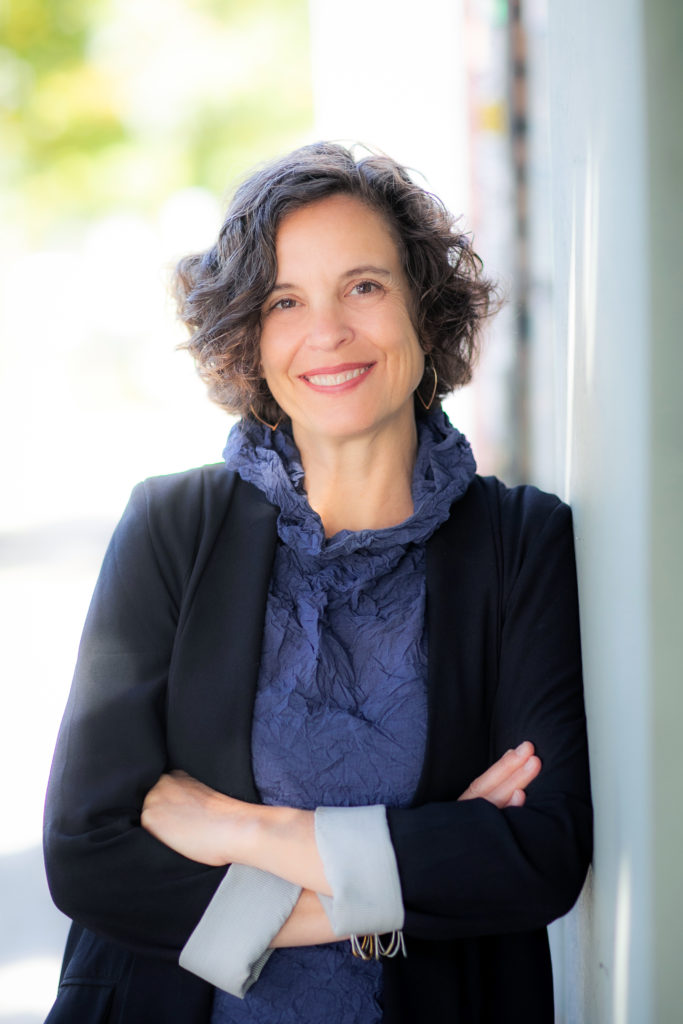
–How did you get your start in architecture? I had a very circuitous path to becoming an architect, but in retrospect it seems clear that architecture is where I would end up. When I was very young, I began designing and building doll houses and doll house furniture. My interest in miniatures led to a self-education in furniture design and decorative arts, and an unusual passion for design books and shelter magazines (as unusual for a 10 year old that may be). I also loved collecting and solving three-dimensional wooden puzzles. I have dozens of them.
Concurrent with my interest in craft and decorative arts, I loved math and studying how things went together, which led to a major in engineering with a concentration in illumination engineering. After graduating, I moved to the Bay Area to work for an architectural and theatrical consulting firm in San Francisco where I consulted on dozens of exciting projects including Yerba Buena Center for the Arts, the War Memorial Opera House, and ACT Theater in San Francisco. After several years of lighting design I returned to school for a Masters in Architecture at UC Berkeley. In graduate school my interests all came together: design, craft, light, and complex problem solving. I feel so fortunate to have landed in such a multi-faceted field.
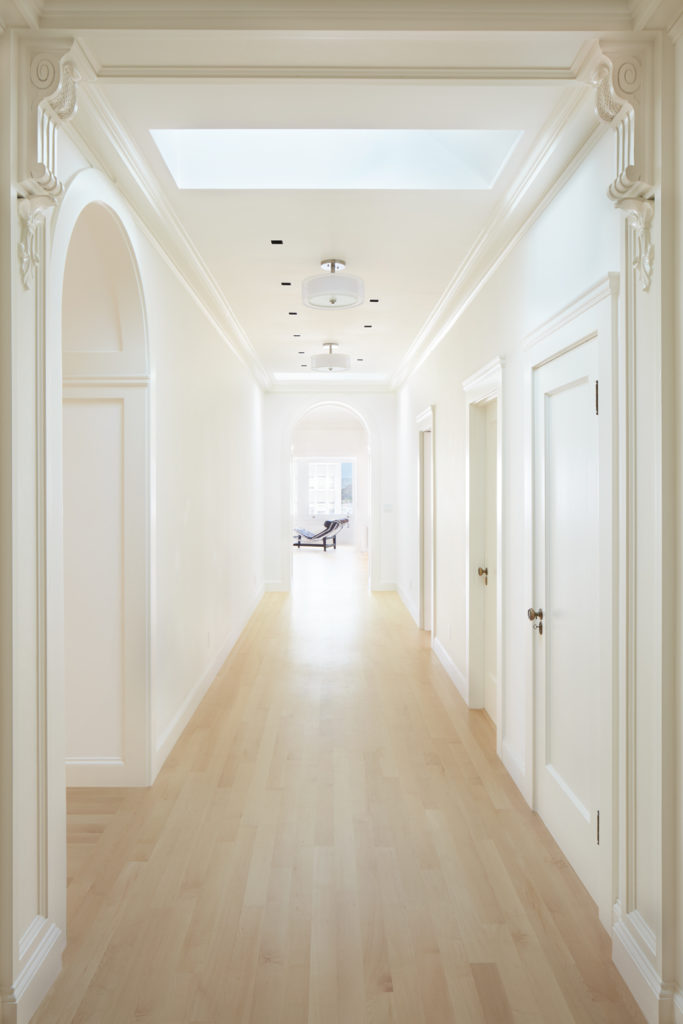
-In your bio, you mention the importance of light. Can you talk about how light defines and sets the mood of a space? My experience as a professional lighting consultant was invaluable. I learned to think of light in a very theatrical way—that is, to consider lighting as integral to the story of the design vision rather than a bunch of light fixtures added to a space. In graduate school I studied the diurnal and seasonal dynamic daylight adds to a space. Both experiences taught me to be purposeful about the design when thinking about how light would be perceived in a space. If a space is well lit, we hardly notice. We are able to complete tasks (ex. reading , chopping vegetables, etc.), people look healthy (no dark shadows on faces or green skin), and the space feels well defined. If a space is poorly lit or even over lit, we notice the effects immediately.
-How does Northern California inspire your work? I love Northern California’s tradition of casual elegance without pretense. There is an easy connection with the outdoors, both physically and visually. Whether it was how a building is sited or the position of a window to frame a view, we always consider the landscape and light that is so characteristic of the Bay Area. Notable Bay Area Architects William Wurster and Joe Eshrick were brilliant at taking advantage of Northern California’s natural beauty in this way.
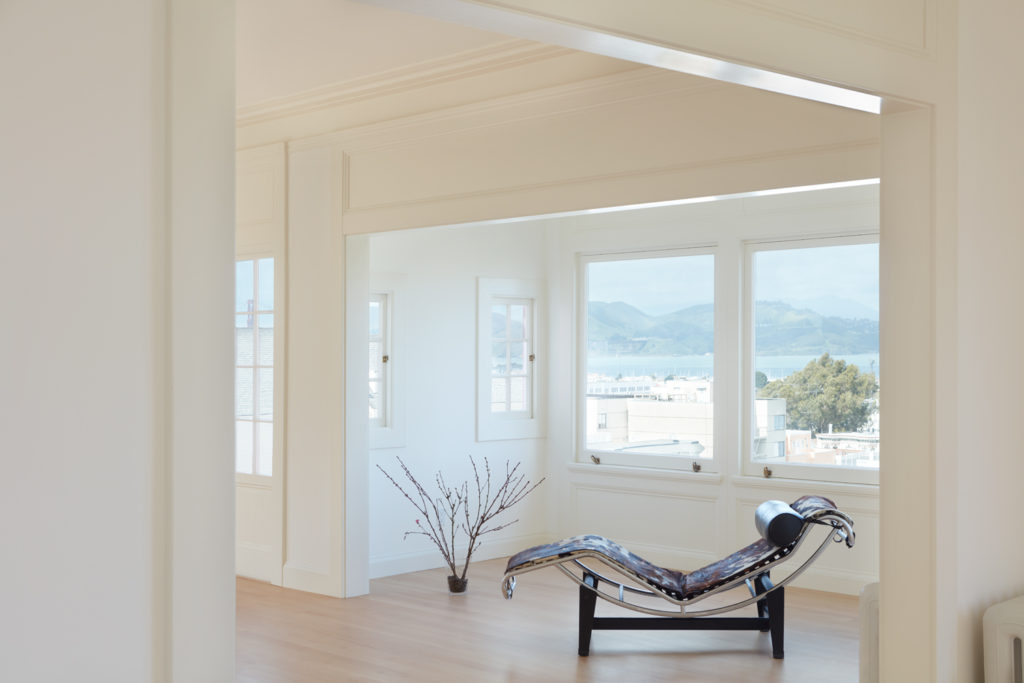
-Which other designers (or creatives) inspired your career the most ? So many of Italian architect Carlo Scarpa’s projects were restorations of historic buildings with modern interventions. I appreciate how he blended his modern details with old structures without mimicking a historicist design language. Everything Maya Lin designs is perfection without arrogance. I was lucky enough to meet her through a mutual friend when I was in graduate school. After a studio crit, a group of us went out for hamburgers and just talked. She was lovely. I’ve always felt her buildings and art were true expressions of her generous spirit. I’ve been inspired by Agnes Martin’s paintings for years. Somehow she figured out how to paint meditation. Looking at her work immediately lowers my blood pressure.
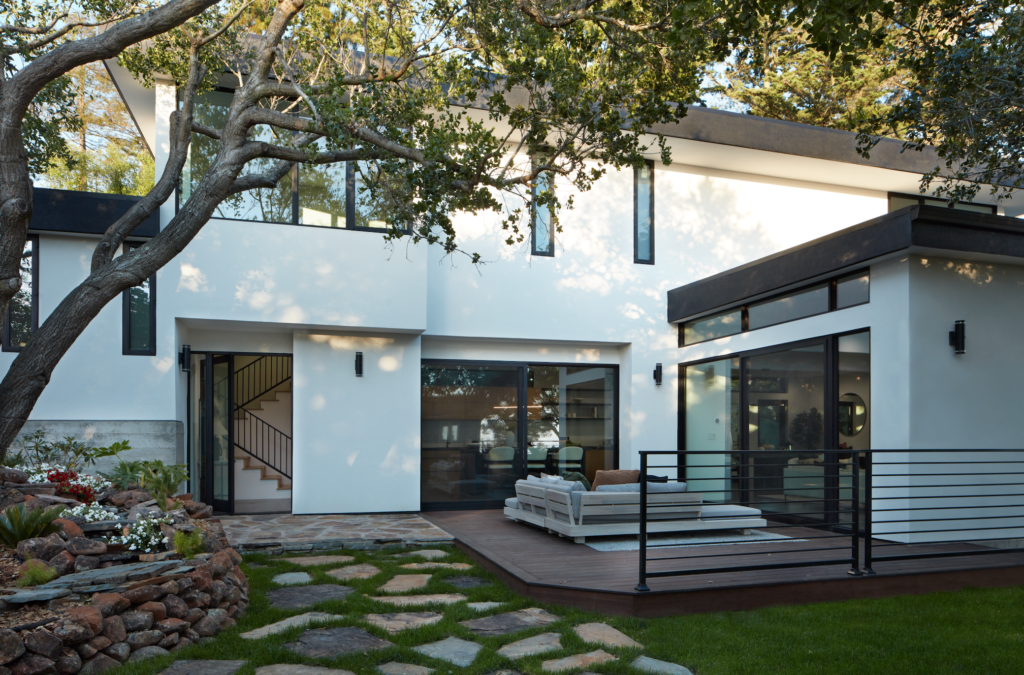
LIGHTNING ROUND!
-Favorite design book? Certainly my most-read design book is John Pawson’s cookbook, Living & Eating. The book beautifully showcases the minimal interior of his London townhouse, and the recipes are delicious.
–Must-have morning or night essential? Jasmine green tea.
–If you weren’t an architect, what would you be? A graphic designer of charts and graphs for the New York Times. I love elegant presentations of quantitative information. Either that, or a self-defense instructor.
